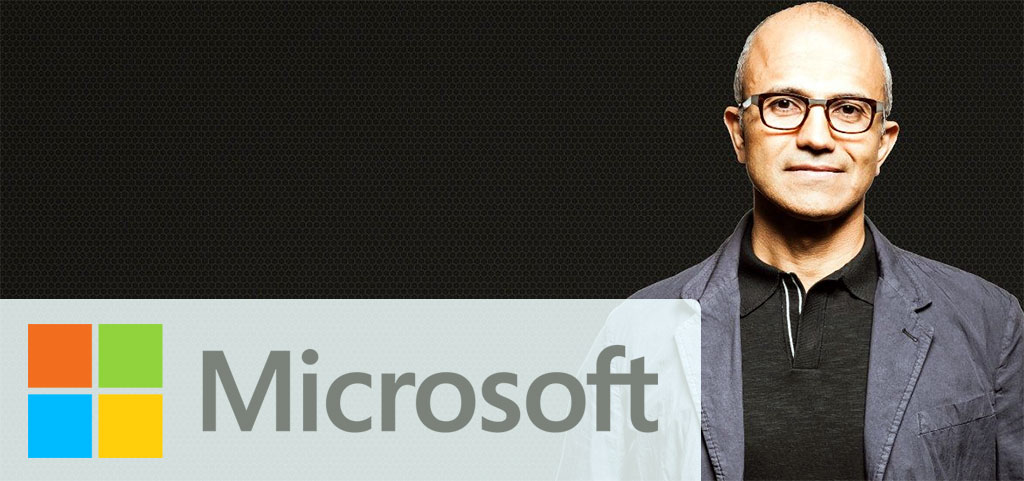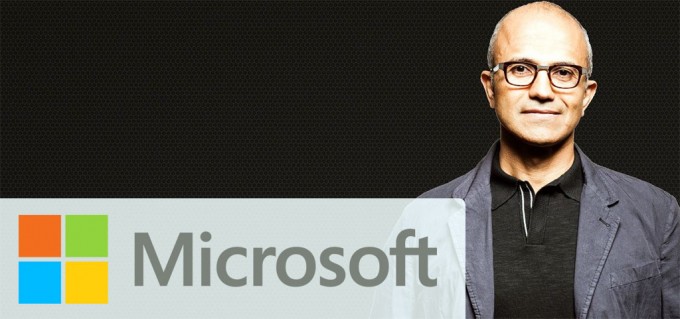What’s next for Microsoft with its New Cloud Expert CEO?

Last February, multi-billion company Microsoft appointed its new CEO to replace Steve Ballmer, who had been with the company for 14 years. Although he’s worked for the company for more than 22 years, the newly appointed Satya Nadella wasn’t exactly a household name. From being the Executive Vice President of the Cloud and Enterprise group, some say that Nadella’s appointment could bring big changes, especially in terms of revolutionizing cloud computing in mobile technology.
In his open letter to all the Microsoft employees, the new CEO said that the company has completely achieved success over PC, and today, they’ll be more focused on the newer set of smarter devices and providing unique options for users. “The opportunity ahead will require us to reimagine a lot of what we have done in the past for a mobile and cloud-first world,” Nadella wrote.
Nadella’s vision – Mobile Apps
Last year, Nadella attended a live forum at the Stanford University, wherein he discussed his vision of a modern enterprise. Aside from reshaping the business infrastructure, the new Microsoft CEO was keen on knowing the real worth of mobile applications in the enterprise. Citing a joint study conducted by Forbes Insights and Adobe, eMarketers concluded that 83% of businessmen use apps for customer service support.
Experts said that some of the big companies are now adapting mobile applications to make their work easier and have the ability to access their files while on the go. In an interview with Information Week, Verizon’s John Considine said that firms that move their files and work on the Cloud can highly maximized a better data security in a most cost-efficient way. “The consumerization of IT is gathering steam and putting greater pressure on IT departments to deliver more functionality at lower cost,” the report read.
Redefining the mobile software
One of the new CEO’s first tasks was the completion of the company’s $7.3 billion purchase of patents for Nokia handsets. This is in line with the company’s plan of boosting the Windows Phone software. But, experts said that Microsoft will only get success out of its mobile software if they have strong distribution strategies. Forbes notes that it can be dictated by two factors: the ability for third parties to easily adapt to the platform, and the depth of the ecosystem partners. Thus, a demand for a strong ties between mobile technology and Cloud services will be needed to achieve full success in this endeavor. The Forbes report said if Nadella can make their company’s cloud and mobile strategy come together, “Microsoft may have a shot at a strong mobile comeback.”
Skydrive Revamp
Skydrive also plays a huge part in Nadella’s vision of cloud computing. When he assumed the position, the service was quickly renamed as OneDrive that runs a number of new features that small and large enterprises can leverage on.
Microsoft’s Chris Jones said that this revamp includes a quicker option to store and access all documents in one place, accessible to any device whether at home or at work. While it sounds like its competitors such as Dropbox and Google Drive, the company promises an automatic camera backup for Android (apart from Windows Phone), an incremental 500MB storage on top of the usual 7GB, and 3GB for the camera.
Roadblocks to Nadell’s vision
During the last fiscal year, the company generated a total profit of $27 billion and has $84 billion in cash. However, there are some hurdles, most of it coming from the mobile and PC aspects.
-Declining PC sales
Cloud Times notes that the decline in PC sales is one of the major obstacles, especially because tablets are becoming more popular. It’s not hidden to many that Microsoft lacks shares in the tablet and smartphone market, unlike Apple.
-Operating System
Meanwhile, the article from the Cloud Times also revealed that the company is struggling with the “reputation of their own operating system.” Writer Saroj Kar claims that the Windows 8 hasn’t matched the same traction that the Windows 7 had among its users. While Windows 8 has been praised for its modern user interface, it’s also where the culprit lies – the appearance is very centered on touchscreen devices, which many PC users might dislike.
Overcoming these obstacles may help Microsoft regain its lost glory, especially in the mobile and cloud aspects. But, similar to watching a battle motion picture, all we need to do is watch where the protagonist (Nadell) will take us.
******
By, Sookie Lioncourt can be your go-to gal on all aspects of mobile technology, especially in cloud computing. As a wide reader, she always stumbles upon the latest news about these massive trends, whether online or in print. For more juicy stories, you can add Sookie on Twitter.
Bring the best of the CEOWORLD magazine's global journalism to audiences in the United States and around the world. - Add CEOWORLD magazine to your Google News feed.
Follow CEOWORLD magazine headlines on: Google News, LinkedIn, Twitter, and Facebook.
Copyright 2025 The CEOWORLD magazine. All rights reserved. This material (and any extract from it) must not be copied, redistributed or placed on any website, without CEOWORLD magazine' prior written consent. For media queries, please contact: info@ceoworld.biz












